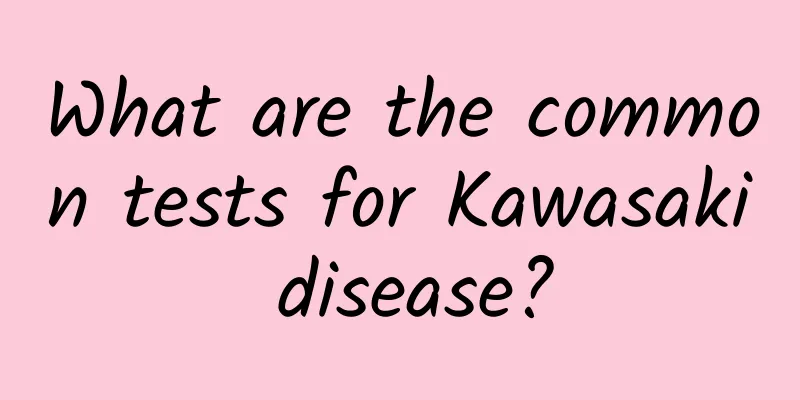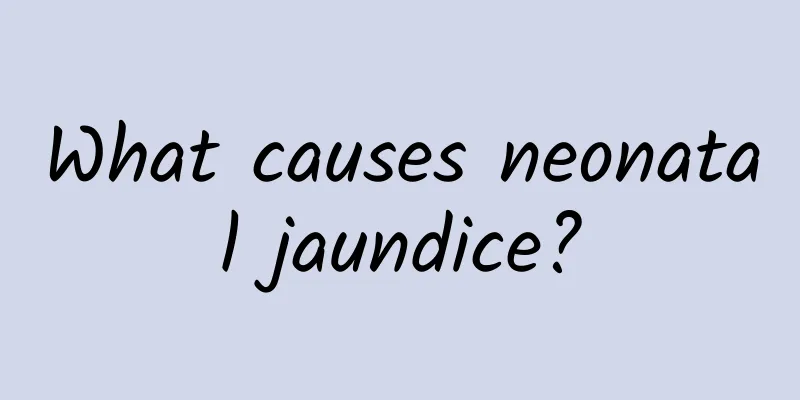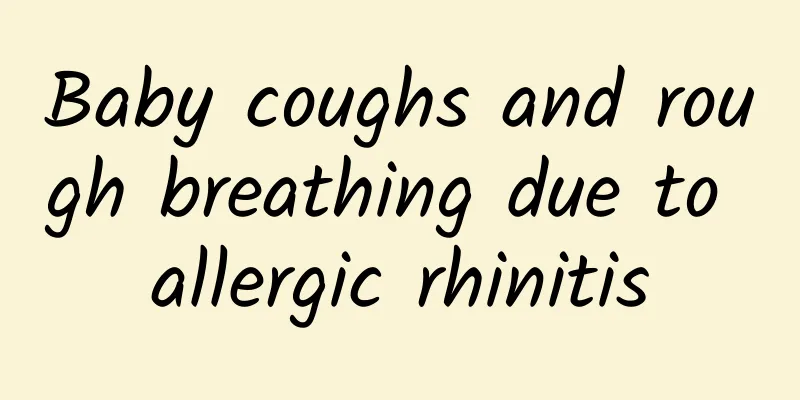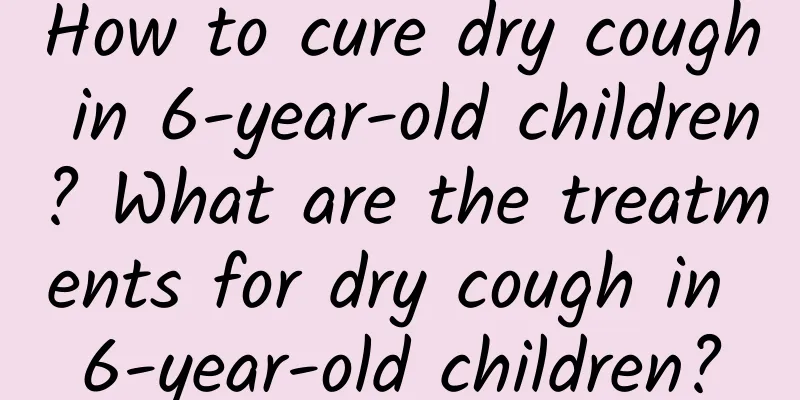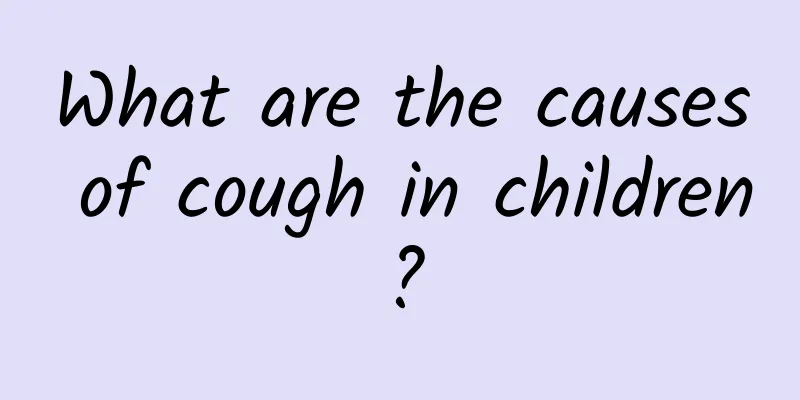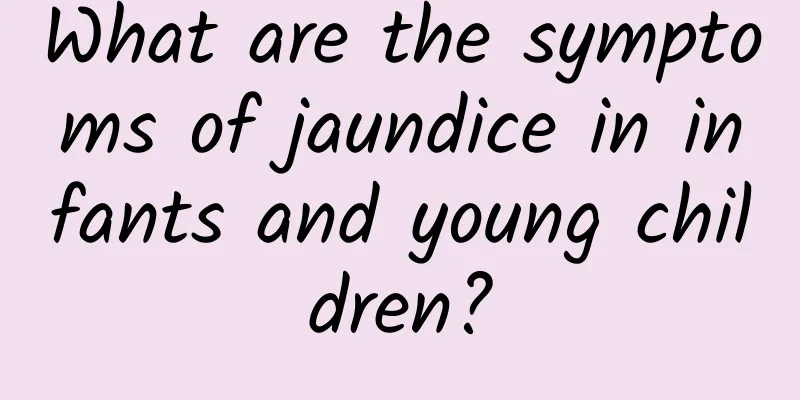What are the nursing measures for children with pneumonia? How to tell if a child has pneumonia

|
With the arrival of autumn, the temperature difference between morning and evening is relatively large, and pneumonia in children has begun to occur more frequently. Doctors remind parents that the early symptoms of pneumonia in children are very similar to those of a cold. If a child has a cold or fever for more than 3 days, be sure to seek medical attention in time and do not just take medicine at home. Some people may ask, what is the difference between a cold and pneumonia in children? In a cold, the lungs are not affected, so breathing is normal. However, when the lungs are infected, the inflammation causes the lung's ventilation function to be impaired, causing the child's breathing to become faster and more rapid. If a child has a fever, coughs, and has rapid breathing, it is not a simple cold but may be pneumonia. The child should be taken to the hospital for diagnosis and treatment in time. Children under 2 years old are more prone to pneumonia. In fact, pneumonia itself is not very scary, but its complications are scary. Pneumonia may induce heart failure and may also cause abnormalities in the heart, nerves, blood, etc., so parents must not take it lightly. To prevent pneumonia in children, strengthening physical fitness and improving body resistance are the key. "Due to the recent cold front, it is very cold in the morning and evening, so parents must pay attention to keeping their children warm." In addition, children should strengthen their physical exercise, go outdoors often, get sunlight, and do cold air stimulation and cold resistance training for their respiratory tract. They should eat more meat and soy products, drink more bone soup, and prevent malnutrition and calcium deficiency. As long as children are healthy and not attacked by colds, they are not prone to pneumonia. Parents should try not to take children to public places or crowded places, and the room should be ventilated frequently to keep the air fresh. "Keep children away from secondhand and thirdhand smoke. At the same time, correct the bad habit of picky eating. Picky eating can easily lead to a lack of various vitamins and minerals in the body, which can cause a decrease in resistance and pneumonia." How to tell if a child has pneumonia Fever Most cases of pneumonia in children are accompanied by a fever, which is usually above 38°C and lasts for more than 2 to 3 days. Second, check whether the cough and wheezing are causing difficulty in breathing Coughs and wheezes caused by colds and bronchitis are usually paroxysmal and usually do not cause breathing difficulties. If the cough and wheezing are severe, the nostrils are flaring, and the lips are blue or purple, then you should consider that the child has pneumonia and the condition is serious. Three Looks at the Spirit If the child is in good spirits, can play and laugh while having a fever, coughing and wheezing, it indicates that the child does not have pneumonia. On the contrary, if the child is in a bad spirit, has blue lips and mouth, is irritable, cries or is drowsy or has convulsions, it means that the child is more seriously ill and is more likely to have pneumonia. 4. Diet When children have pneumonia, their appetite will decrease significantly, they will not eat, or they will cry and become restless when they are fed. Interpretation of nursing measures for children with pneumonia Nursing measures for pediatric pneumonia 1. Maintain a quiet and clean environment to ensure the sick child has enough rest. There should not be too many people in the room, and visitors should not stay too long. Dirty air is not conducive to the recovery of pneumonia. It is recommended to ventilate the room regularly to allow air circulation, but drafts should be avoided, which is conducive to the recovery of pneumonia. Nursing measures for pediatric pneumonia 2. Pay attention to proper nutrition and adequate water intake. Children with pneumonia often have high fever, poor appetite, and are unwilling to eat, so the diet should be light and easy to digest, and at the same time ensure a certain amount of high-quality protein. For those with fever, give them a liquid diet (such as human milk, cow's milk, rice soup, egg drop soup, beef soup, vegetable soup, fruit juice, etc.), and add semi-liquid food (such as porridge, noodles, cakes, etc.) after the fever subsides. Because children with pneumonia have a faster breathing rate and fever, the water evaporates more than usual, so it is necessary to add an appropriate amount of sugar and salt water. Nursing measures for pediatric pneumonia 3. Strengthen skin and oral care. Especially for patients who sweat a lot, they should change wet clothes in time and wipe the sweat with a hot towel, which is good for the skin to dissipate heat and resist germs. Children with a lot of sputum should try to cough up the sputum to prevent the poor discharge of sputum and affect the recovery of pneumonia. If the condition allows, parents should often pick up the child and pat the back gently. Children who are bedridden should turn over frequently, which can prevent lung congestion and make it easier to cough up sputum, which is helpful for recovery. Nursing measures for pediatric pneumonia 4. Keep the airway open. When children have pneumonia, the gas exchange in the alveoli is restricted, and there is varying degrees of hypoxia in the body. If the nasal cavity is blocked or there is a lot of sputum in the trachea and bronchi, it will affect the inhalation of air and aggravate hypoxia. Therefore, parents should promptly clear the nasal secretions and suction the sputum for the children to keep the airway open, and prevent sticky sputum from blocking and milk or medicine from choking and causing suffocation. The room should maintain a certain humidity to avoid dry air, which is conducive to coughing up sputum. |
>>: When does neonatal jaundice usually appear? Is neonatal jaundice dangerous?
Recommend
Can pneumonia in children be cured?
Whether pneumonia in children can be cured can be...
Is the baby's cough and fever pneumonia?
Pneumonia in children is relatively common and is...
The difference between infant pneumonia with sputum and without sputum
Generally speaking, the main difference between i...
What department should children with a lot of sputum and runny nose go to? How to check children with a lot of sputum and runny nose?
Children with excessive phlegm and runny nose can...
Is 13.5 jaundice on 14 days considered high?
Jaundice is more common in the neonatal period. J...
What are the symptoms of high jaundice in babies?
Infant jaundice may cause yellowing of the skin a...
What to do after a child coughs
When a child has a cough, he or she can take medi...
Physiological jaundice
Physiological jaundice Physiological jaundice is ...
What are the symptoms of nephrotic syndrome in children? Parents should be alert to these 4 situations
In recent years, due to improper diet and environ...
Treatment options for pre-polio
Currently, many children are showing symptoms of ...
What are the methods to cure neonatal jaundice?
Neonatal jaundice is a common disease in the neon...
I need to take medicine for 3 months for hyperactive bladder
Active bladder needs to be treated according to a...
What kind of disease is Kawasaki disease? What are the clinical symptoms and manifestations of Kawasaki disease?
Kawasaki disease, also known as mucocutaneous lym...
What can you eat if you have polio?
Polio is a common pediatric disease. Nowadays, ma...
Kidney disease treatment in children
Kidney disease is a clinical syndrome caused by m...
